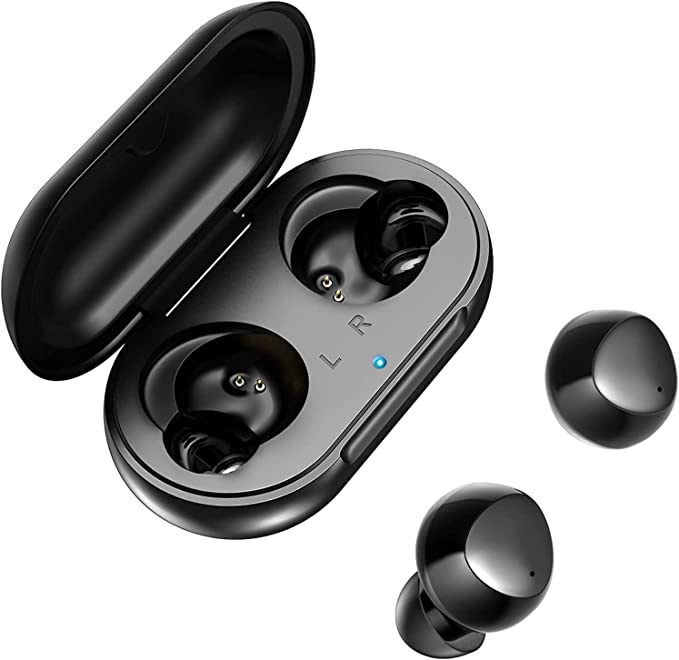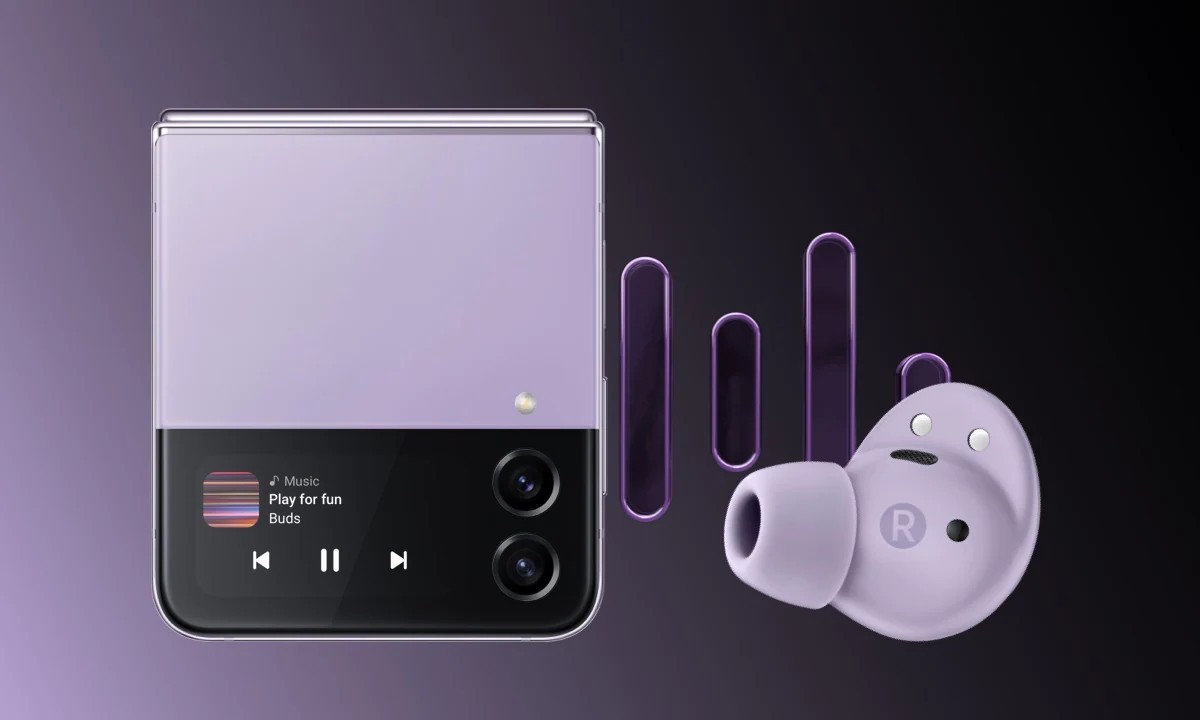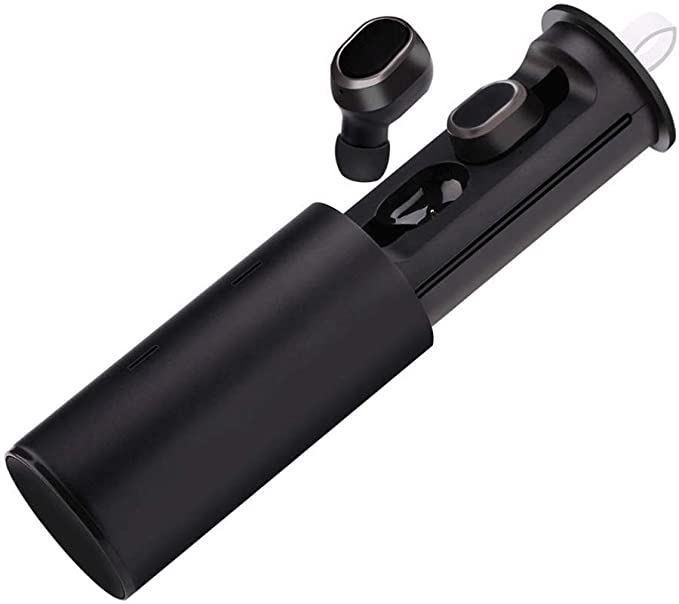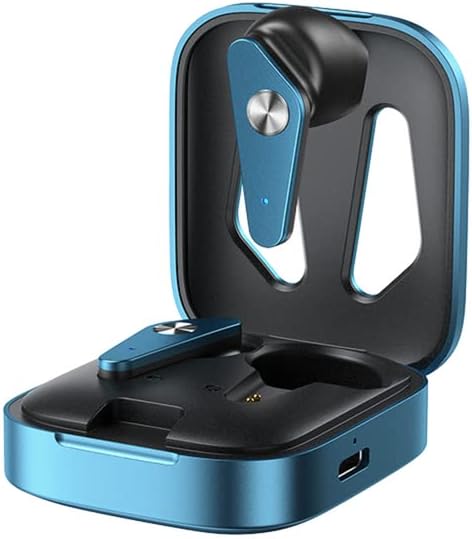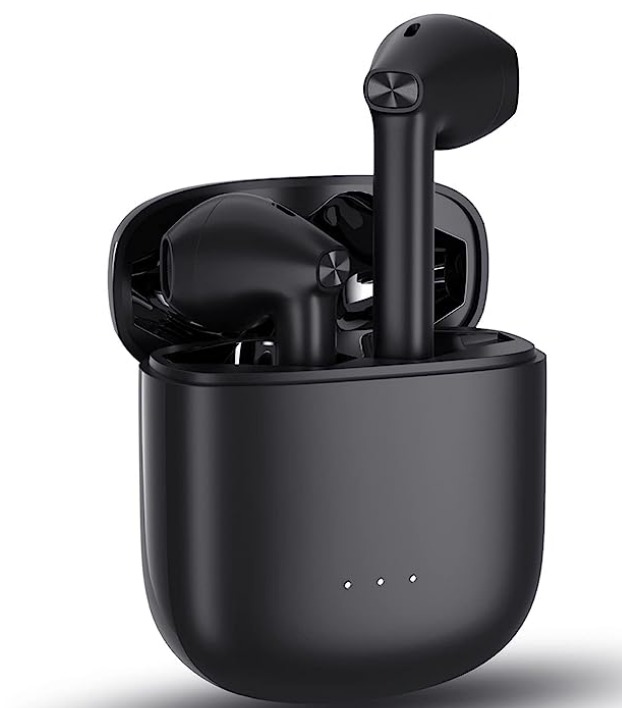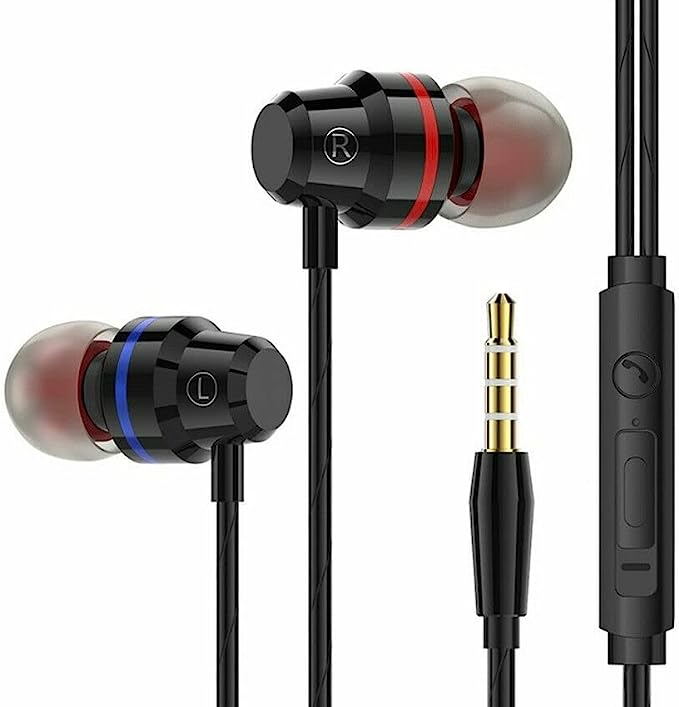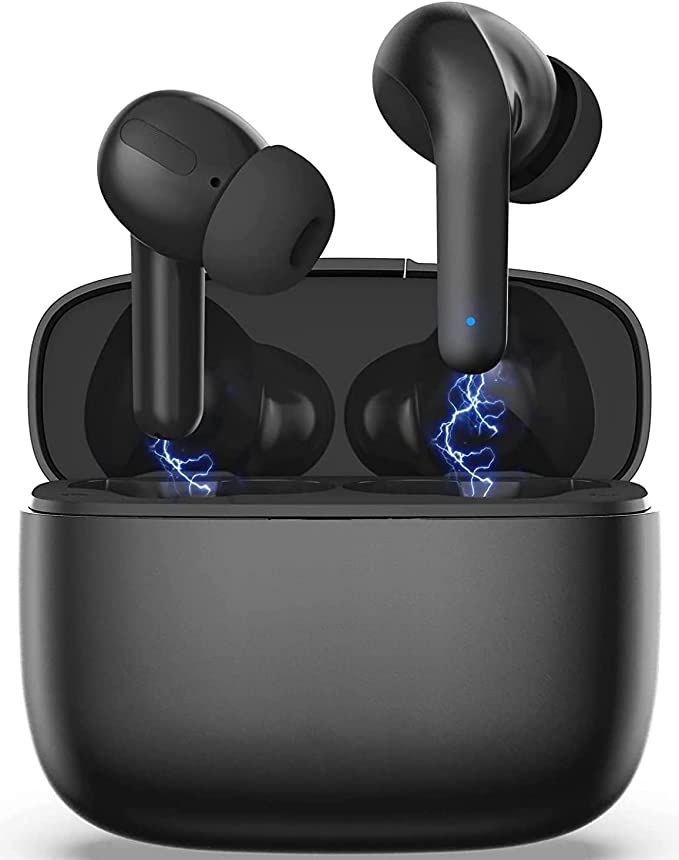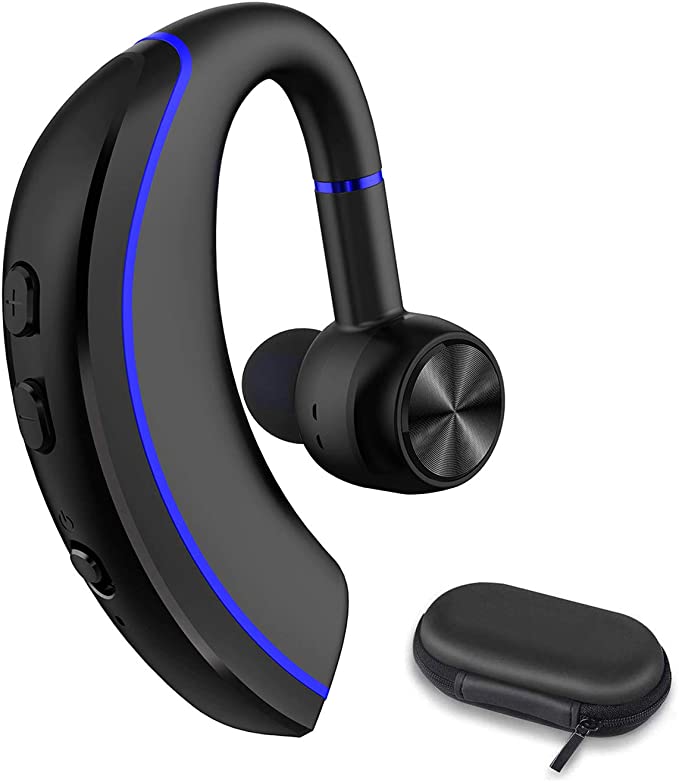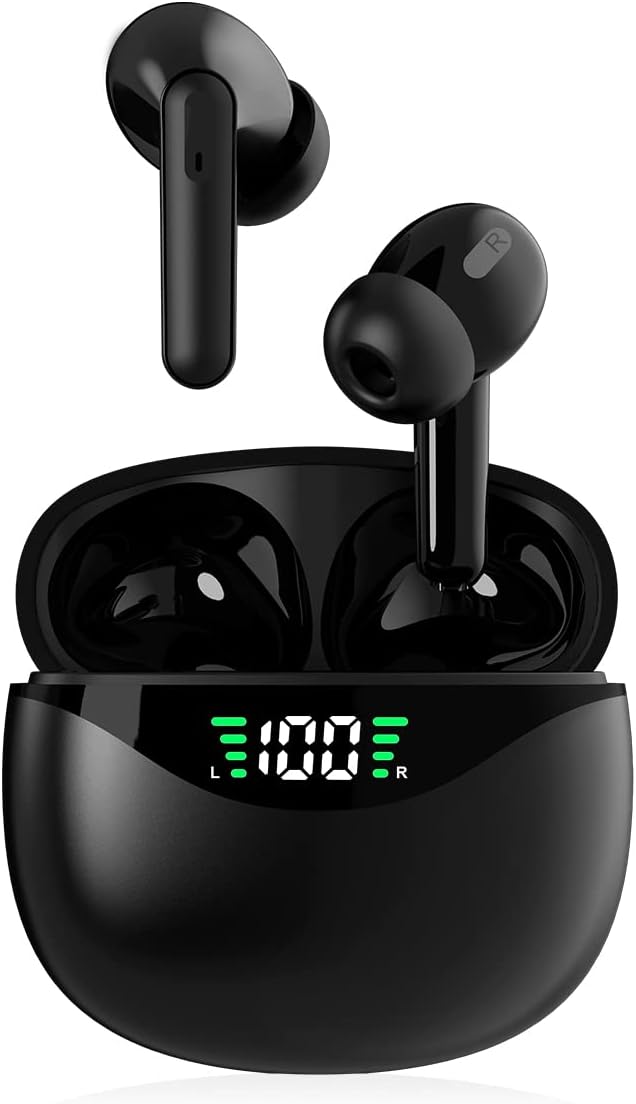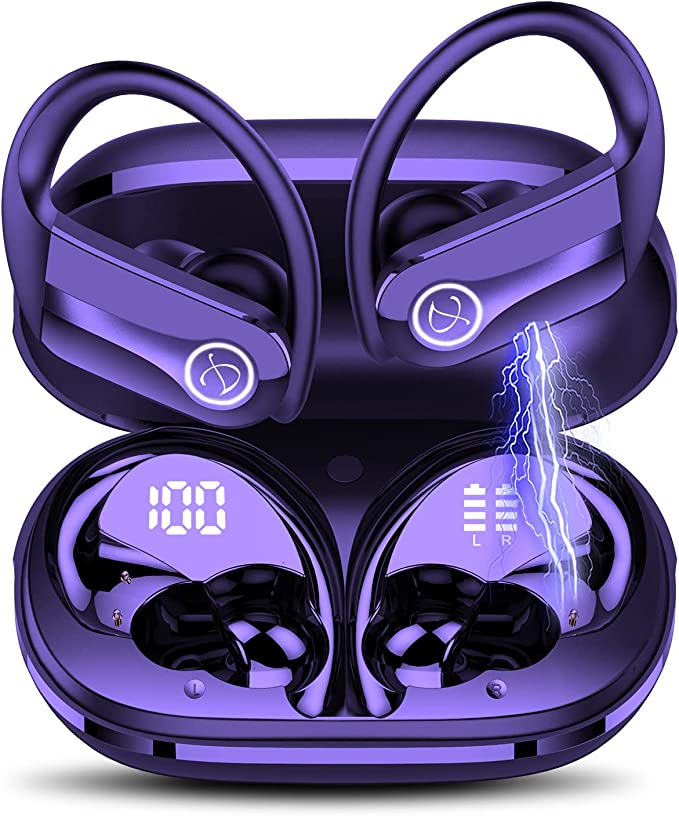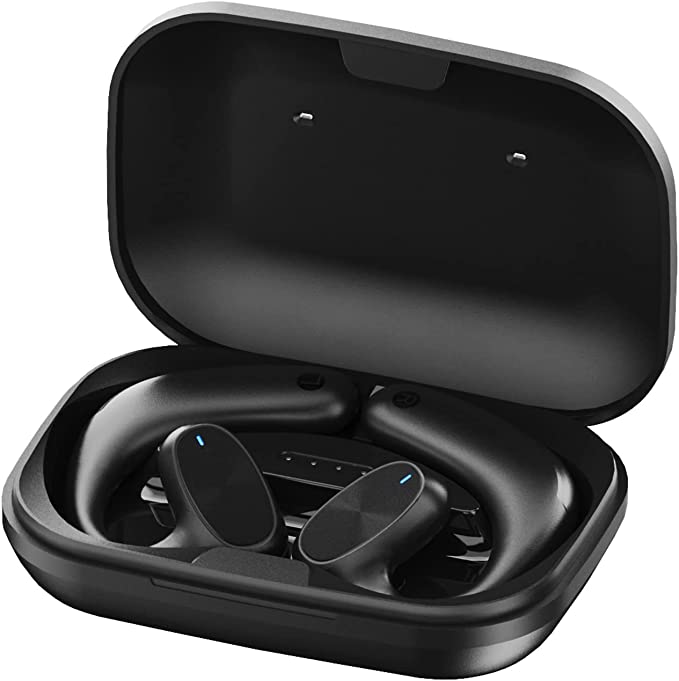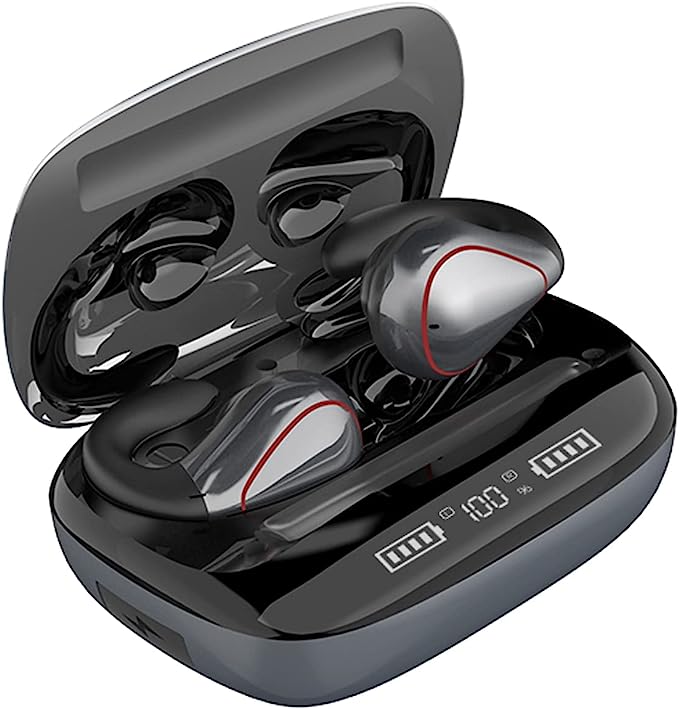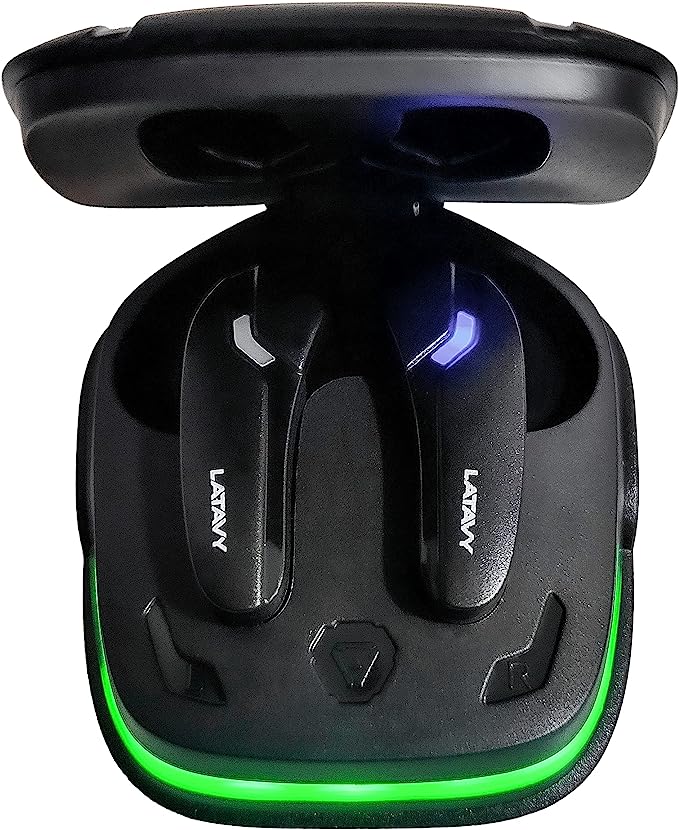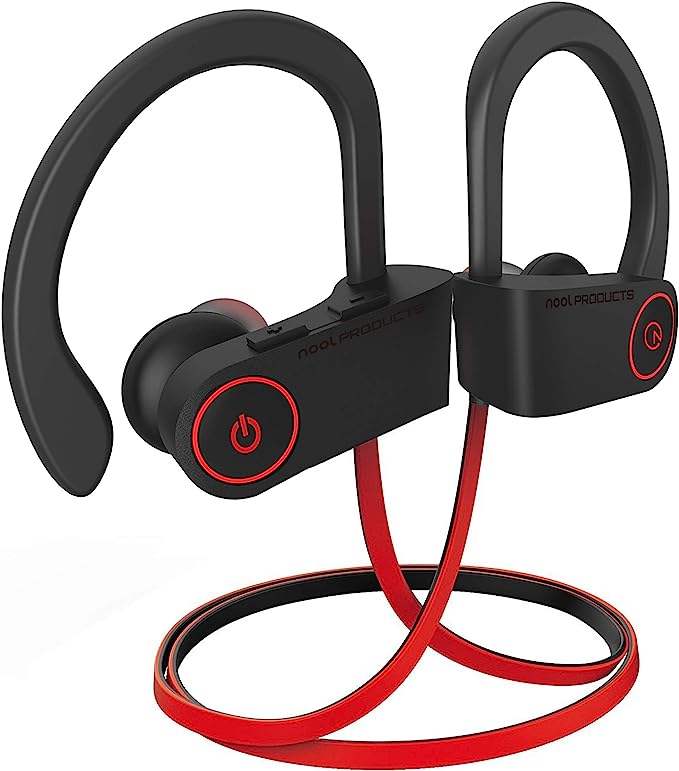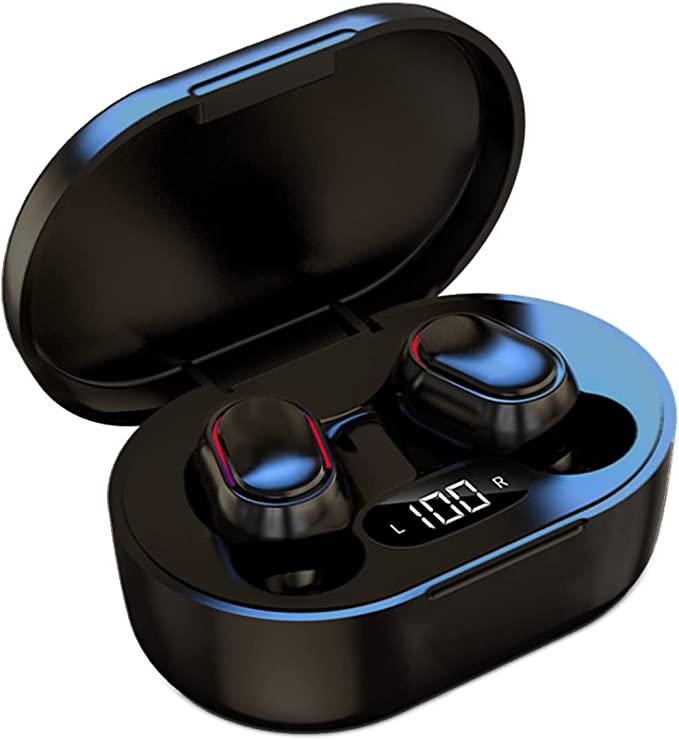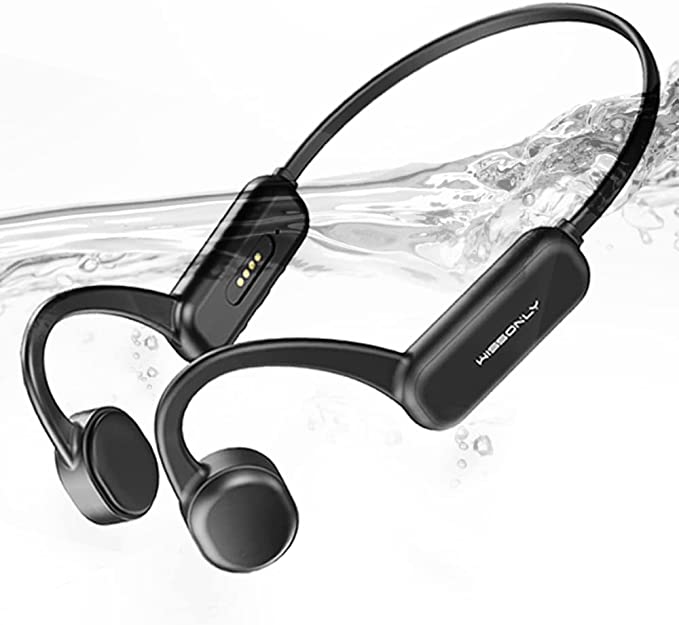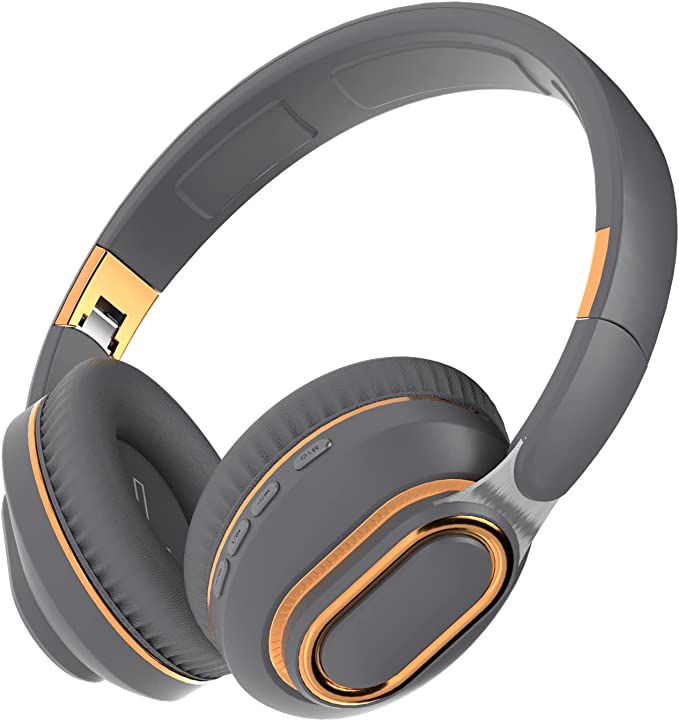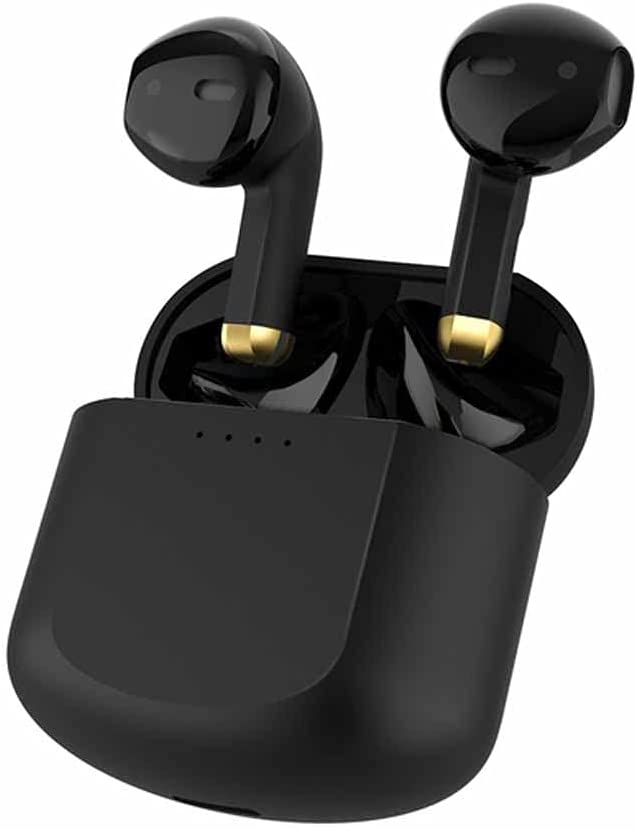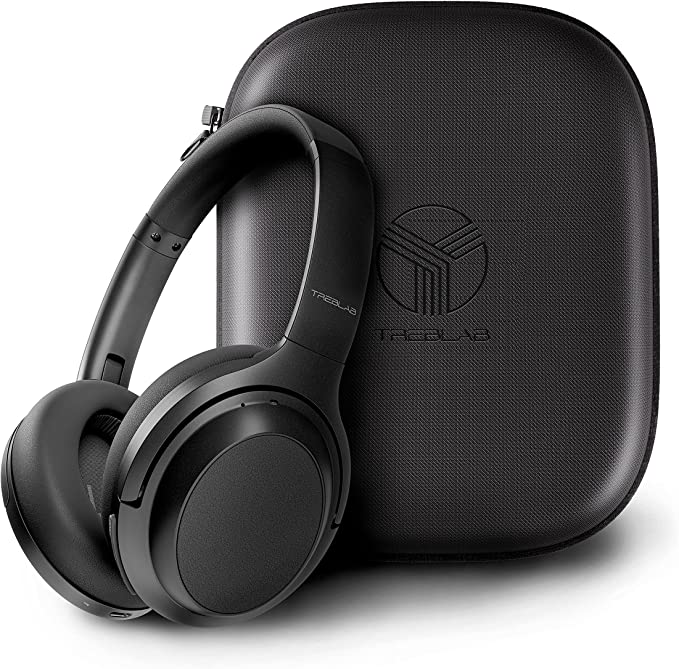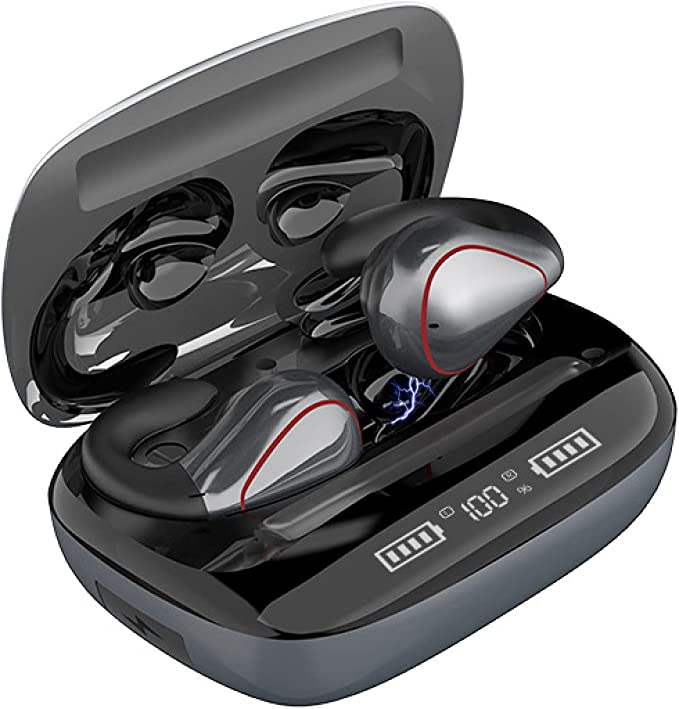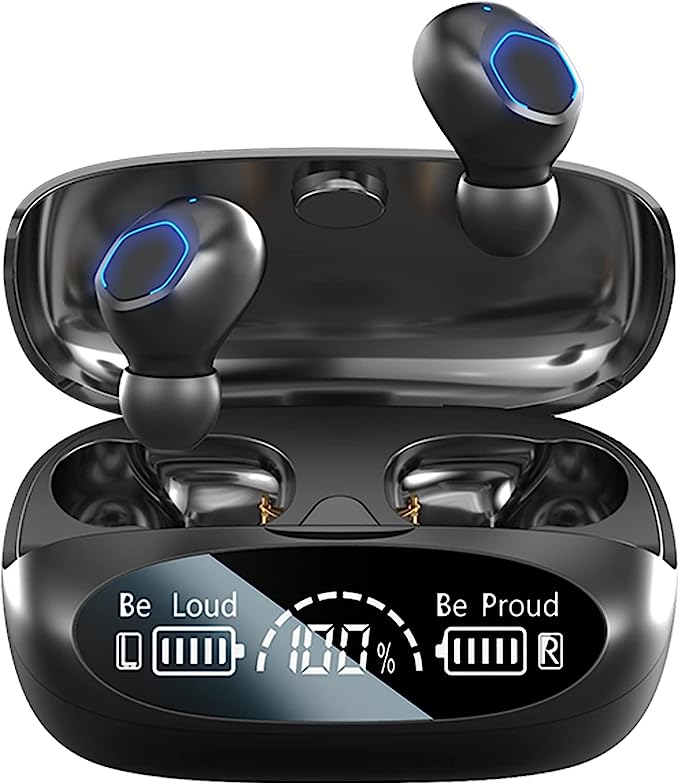ResponseBridge S99: The Science of Clear Sound & Wireless Voice Amplification
Update on April 4, 2025, 9:32 a.m.
We’ve all been there. Straining to hear a presenter in a large room, missing crucial instructions from a tour guide amidst city bustle, or finding our own voice lost in the energy of a classroom or outdoor event. The desire to communicate clearly, to have our message bridge the distance and cut through the noise, is fundamental. For centuries, this meant relying on lung power or basic acoustic aids. But modern technology offers a powerful ally: electronic sound amplification, often packaged into convenient, portable systems.
While devices like the ResponseBridge S99 100W voice amplifier promise solutions, truly understanding their capabilities – and limitations – requires peeling back the marketing layers and exploring the underlying science. This journey isn’t about promoting a specific product; rather, it’s about using such a device as a tangible example to demystify the fascinating interplay of acoustics, electronics, and wireless technology that makes portable sound reinforcement possible. By understanding these principles, we empower ourselves to better choose and utilize any audio tool designed to make the unheard voice, heard.

What is Sound, Really? A Quick Refresher
Before we amplify sound, let’s briefly revisit what it is. At its essence, sound is vibration traveling through a medium – usually air – as waves. Two primary characteristics define these waves for our ears:
- Frequency: This determines the pitch of the sound, measured in Hertz (Hz). Higher frequencies correspond to higher pitches (like a whistle), while lower frequencies create lower pitches (like a bass drum). The range of human hearing typically spans from about 20 Hz to 20,000 Hz (or 20 kHz), although this range shrinks with age.
- Amplitude: This relates to the intensity or energy of the sound wave, which we perceive as loudness. Greater amplitude means a louder sound. We often measure sound intensity levels using the decibel (dB) scale, a logarithmic scale that better reflects how our ears perceive changes in loudness.
The goal of any good sound system, whether a high-end stereo or a portable voice amplifier, is fidelity – to reproduce the original sound waves as accurately as possible across the relevant frequency spectrum, just louder. This means preserving the nuances of pitch and the dynamics of loudness without adding unwanted noise or distortion.
The Engine Room: Understanding Amplifiers and Power
At the heart of any electronic sound reinforcement system lies the amplifier. Think of it as the engine converting a small, weak electrical signal (like the one generated by a microphone picking up your voice) into a much stronger signal capable of physically moving a speaker cone to create audible sound waves.
Microphones produce minuscule electrical voltages. An amplifier takes this input signal and increases its voltage and current – its overall power. This electrical power is measured in Watts (W). It represents the rate at which electrical energy is converted. In audio, wattage ratings tell us about the amplifier’s potential to deliver energy to the speaker(s).
A higher wattage rating generally indicates the potential for greater loudness, often referred to as Sound Pressure Level (SPL), before the amplifier starts to struggle and introduce distortion. However, wattage alone is not the whole story. The efficiency of the speakers (how effectively they convert electrical energy into acoustic energy) plays a huge role. A highly efficient speaker can produce significant volume with relatively modest amplifier power.
Portable systems like the example ResponseBridge S99 often advertise power ratings such as “100W.” It’s crucial to understand what this number might mean. Often, in consumer and prosumer audio, this refers to Peak Power, the maximum power the amplifier can deliver for very brief moments. RMS (Root Mean Square) Power, or continuous power, is a more meaningful measure of sustained output capability and is usually significantly lower than the peak rating. While 100W peak might sound impressive for a portable unit, its ability to deliver clean, undistorted sound continuously will depend on its RMS rating (often unspecified in product listings) and the efficiency of its speakers. The key takeaway is that while power matters for achieving adequate volume, especially in noisy environments, it must work hand-in-hand with well-designed speakers for true audio quality.
Giving Sound Its Voice: The Speaker Symphony (Woofer & Tweeter)
The amplifier provides the power, but the loudspeaker (or speaker driver) does the final, crucial job: converting that electrical energy back into mechanical vibrations – the sound waves we hear. This is a remarkable feat of electroacoustic engineering, typically achieved using a voice coil moving within a magnetic field, attached to a cone or diaphragm that pushes air.
However, asking a single speaker driver to faithfully reproduce the entire range of human hearing (20Hz to 20kHz) is like asking a single musician to play every instrument in an orchestra. Different frequencies require different physical characteristics for optimal reproduction: * Low Frequencies (Bass): Require moving large volumes of air. This calls for larger cones with greater excursion (back-and-forth movement). These specialized low-frequency drivers are called Woofers. * High Frequencies (Treble): Require very rapid vibrations. This is best handled by smaller, lighter diaphragms that can move quickly and precisely. These are known as Tweeters.
A system using only a single “full-range” driver often compromises at the frequency extremes, potentially sounding thin in the bass or lacking sparkle in the highs. That’s why many quality audio systems, including capable portable PAs, employ a multi-way speaker design, most commonly a two-way system featuring both a woofer and a tweeter.
The example S99 utilizes this common and effective strategy, incorporating a 6.5-inch woofer and a 2-inch tweeter. The larger woofer handles the foundational bass notes and the main body of vocal tones, while the smaller tweeter reproduces the higher harmonics that give speech its clarity (like ‘s’ and ‘t’ sounds) and music its brilliance.
But how does the amplifier’s signal get correctly routed to the appropriate driver? This is the job of the crossover network. This electronic circuit acts like a traffic director, splitting the amplified audio signal into different frequency bands and sending the low frequencies to the woofer and the high frequencies to the tweeter. A well-designed crossover is crucial for a smooth transition between drivers, ensuring a balanced and coherent sound without noticeable gaps or overlaps in the frequency response.
Some systems, like the S99 according to its description, also claim “360-degree omnidirectional sound.” True omnidirectional sound (equal projection in all horizontal directions) is complex to achieve perfectly. In portable systems, this often refers to design choices aiming for wide sound dispersion, perhaps through driver placement or acoustic lens elements, rather than a truly point-source omnidirectional characteristic. The goal is practical: to ensure listeners spread around the device can hear reasonably well.

Cutting the Cord: The Magic and Mechanics of Wireless Microphones
For decades, microphones were tethered to amplifiers by cables. While reliable, cables limit movement, create clutter, and can be potential trip hazards. The advent of wireless microphone technology revolutionized presentations, performances, and guided tours by offering unprecedented freedom.
How does it work? In essence, a wireless microphone system consists of two main parts:
1. Transmitter: This is usually built into the microphone itself (handheld) or worn as a bodypack connected to a lavalier or headset mic. It takes the microphone’s audio signal, modulates it onto a radio frequency (RF) carrier wave, and broadcasts it.
2. Receiver: This unit (often built into the amplifier/speaker system in portable PAs) picks up the specific radio frequency broadcast by the transmitter, demodulates it to extract the original audio signal, and feeds it into the amplifier’s input.
Modern wireless systems operate on various frequency bands (like UHF or 2.4 GHz) and employ sophisticated techniques to ensure signal clarity and reliability. However, the wireless world isn’t without challenges: * Interference: Other devices using the same or nearby radio frequencies (other wireless mics, Wi-Fi routers, Bluetooth devices) can interfere, causing dropouts or noise. * Range: The distance between transmitter and receiver is limited. Obstacles like walls can further reduce effective range. * Latency: There’s always a small delay (latency) introduced by the encoding, transmission, and decoding process. While often negligible for speech, it can sometimes be noticeable in demanding musical applications. * Battery Life: Both transmitters and receivers require power, making battery management essential.
The ResponseBridge S99 example includes two wireless handheld microphones that can operate simultaneously. This highlights the convenience factor – ideal for Q&A sessions, interviews, duets, or having a backup ready. The ability to adjust volume independently on the mics and the speaker provides crucial control. Furthermore, features like preset sound effect modes (“Acoustic,” “Profession,” etc.) found on the S99 mics are basic forms of Digital Signal Processing (DSP). These are essentially pre-configured equalization (EQ) curves designed to quickly tailor the vocal tone – perhaps boosting clarity (“Profession”) or adding warmth (“Acoustic”) – without needing complex manual adjustments.
The Universal Translator: Inputs, Connections, and Compatibility
A modern portable PA system often needs to be more than just a voice amplifier; it needs to be a mini audio hub, capable of handling various sound sources. This versatility comes from its range of input connectors. Let’s decode some common ones found on systems like the S99:
- Bluetooth: Enables wireless audio streaming from smartphones, tablets, or laptops. It’s incredibly convenient for playing background music or presentation audio. The quality depends on the Bluetooth version (the S99 lists 5.3, which generally offers good stability) and the audio codecs supported by both the sending device and the receiver (common ones include SBC, AAC, aptX). Simpler codecs like SBC (which all Bluetooth audio devices must support) offer basic quality, while more advanced codecs can provide higher fidelity, assuming both devices support them.
- USB / TF Card Ports: Allow direct playback of audio files (like MP3 or WAV) stored on USB flash drives or MicroSD (TF) cards. The system needs a built-in media player and decoder for this. It’s great for standalone music playback without needing another device.
- AUX Input (Auxiliary): Typically a 3.5mm stereo jack (like a headphone jack). This is a universal analog line-level input suitable for connecting laptops, MP3 players, phones (with adapters if needed), or other audio sources via cable. Reliable and straightforward.
- Microphone Inputs (3.5mm / 6.35mm): These are specifically designed for microphone level signals (which are weaker than line-level signals). The S99 provides both the smaller 3.5mm (common on computer mics or lavaliers) and the larger 6.35mm (1/4-inch, common on professional handheld mics and instrument cables). Having both increases compatibility. The ability to use these in addition to the built-in wireless receivers allows systems like the S99 to potentially support up to four microphones simultaneously (2 wireless + 2 wired).
- Guitar Input (6.35mm): While it uses the same connector as some mics, a dedicated guitar input is often designed differently. Electric guitars typically have passive pickups that require a high impedance input to preserve their full frequency range and tone. Plugging a guitar into a standard low-impedance microphone input can result in a thin, weak sound. A dedicated guitar input (ideally specified as high-impedance or “Hi-Z”) addresses this critical compatibility need for musicians.
The ability to mix these sources – for instance, playing music via Bluetooth while speaking through a wireless microphone, as the S99 supports – transforms a simple voice amplifier into a versatile tool for karaoke, presentations with soundtracks, fitness classes, and more.
Untethered Energy: Battery Power and Portable Design
True portability hinges on freedom from the power outlet. This is where battery technology becomes paramount. Most modern portable electronic devices, including PA systems, rely on Lithium-ion (Li-ion) or Lithium-polymer (Li-Po) batteries. These chemistries offer high energy density (more power for their weight and size compared to older technologies like NiMH or Lead-Acid), relatively long lifecycles (number of charge/discharge cycles before capacity degrades significantly), and no “memory effect.”
The S99 listing mentions a 4000mAh / 10.8V battery for the amplifier, providing a claimed 5-8 hours of working time. Microphone endurance is listed at an impressive 16+ hours. These figures depend heavily on usage patterns – primarily volume level. Higher volumes demand significantly more power, reducing runtime.
Recharging convenience is also key. The adoption of USB Type-C for charging, as seen on the S99, is a welcome trend. Type-C offers a reversible connector (no more fumbling) and supports standards like USB Power Delivery (USB PD), enabling faster charging rates compared to older USB standards, provided a compatible high-power charger (like the recommended 5V/3A or higher USB PD charger) is used.
Beyond the battery, portable design involves a careful balancing act: * Weight vs. Performance: Larger woofers and bigger batteries improve sound and runtime but add weight. * Size vs. Acoustics: Speaker enclosure volume significantly impacts bass response. Compact designs may compromise low-end performance. * Durability vs. Cost/Weight: Robust materials like the S99’s metal casing improve longevity but can increase weight and cost compared to all-plastic designs.
Thoughtful ergonomics – like integrated handles, included shoulder straps, and stable footing – are crucial for making a device genuinely easy to carry and use in various locations.
Adding Sparkle (or Space): A Glimpse into Digital Sound Effects
Many modern audio devices incorporate Digital Signal Processing (DSP) chips. These are essentially specialized microprocessors optimized for performing mathematical operations on audio signals in real-time. DSP enables a wide range of audio effects and enhancements that were once the domain of expensive studio gear.
In portable PA systems like the S99, DSP is often used for relatively simple effects: * Echo/Reverb: This effect simulates the sound reflections in an acoustic space, adding a sense of spaciousness or creating a distinct echo trail. Basic algorithms achieve this by digitally delaying the audio signal and feeding a portion of it back into the input, often with some filtering to make the repeats sound more natural (or intentionally unnatural). * Sound Modes / EQ: As mentioned with the wireless microphones, different “modes” (“Acoustic,” “Hip-hop,” etc.) are typically pre-set Equalization (EQ) curves implemented via DSP. EQ allows boosting or cutting specific frequency ranges to alter the tonal balance – e.g., boosting treble for clarity, cutting mids to reduce harshness, or boosting bass for warmth. The S99’s amplifier also lists “Acoustic” and “Echo” modes, suggesting onboard EQ presets and the echo effect accessible at the main unit level.
While the effects in entry-level portable PAs might be basic, they offer users a quick way to tailor the sound without needing external equipment or deep technical knowledge.
A Critical Note on Global Currents: Understanding Voltage Specifications
When considering electronic devices intended for global use, understanding electrical compatibility is vital. Electricity grids around the world operate at different standard voltages and frequencies. For instance, North America typically uses 110-120 Volts at 60 Hz, while Europe and much of Asia use 220-240 Volts at 50 Hz. Japan uses 100 Volts at either 50 or 60 Hz depending on the region.
The provided information for the ResponseBridge S99 explicitly states its product voltage is 100V. This is a critical technical specification. It means the device is designed to operate safely and correctly when plugged into a 100V power source, common in Japan.
For potential users in regions with different standards, such as North America (120V) or Europe (230V), this 100V rating has a significant practical implication. Plugging a 100V device directly into a 120V or 230V outlet can severely damage or destroy the device’s power supply and potentially other internal components due to overvoltage. Therefore, using this specific device in North America or other non-100V regions would necessitate using a step-down voltage converter. This external accessory transforms the higher wall outlet voltage down to the 100V required by the device. This isn’t a flaw in the device itself, but rather a crucial compatibility point stemming from its design specification that users must be aware of for safe operation outside 100V regions.

Conclusion: Beyond the Box - Empowered by Understanding
Portable sound amplification systems, exemplified by devices like the ResponseBridge S99, are marvels of integrated technology. They weave together principles from acoustics (speaker design), electronics (amplification, power supplies), wireless communication (Bluetooth, RF mics), and digital signal processing.
Peeling back the layers reveals that features like “100W power,” “dual wireless mics,” or “multiple inputs” are not just bullet points on a sales page. They represent specific engineering choices and scientific principles at work. Understanding the roles of woofers and tweeters helps appreciate why some systems sound clearer than others. Knowing the basics of wireless technology helps troubleshoot interference issues. Recognizing the significance of input types ensures correct connection of instruments or other sources. Grasping battery technology helps manage expectations about runtime. And acknowledging technical specifications like operating voltage prevents costly mistakes.
Ultimately, the goal of exploring this science isn’t just academic. It’s about empowerment. Whether you’re a teacher selecting a classroom aid, a musician choosing gear for a small gig, or simply someone curious about how sound technology works, understanding these fundamental concepts allows you to look “beyond the box.” It enables you to ask better questions, make more informed decisions, and utilize the audio tools you have more effectively, all in service of the primary objective: clearer, more confident communication.
















